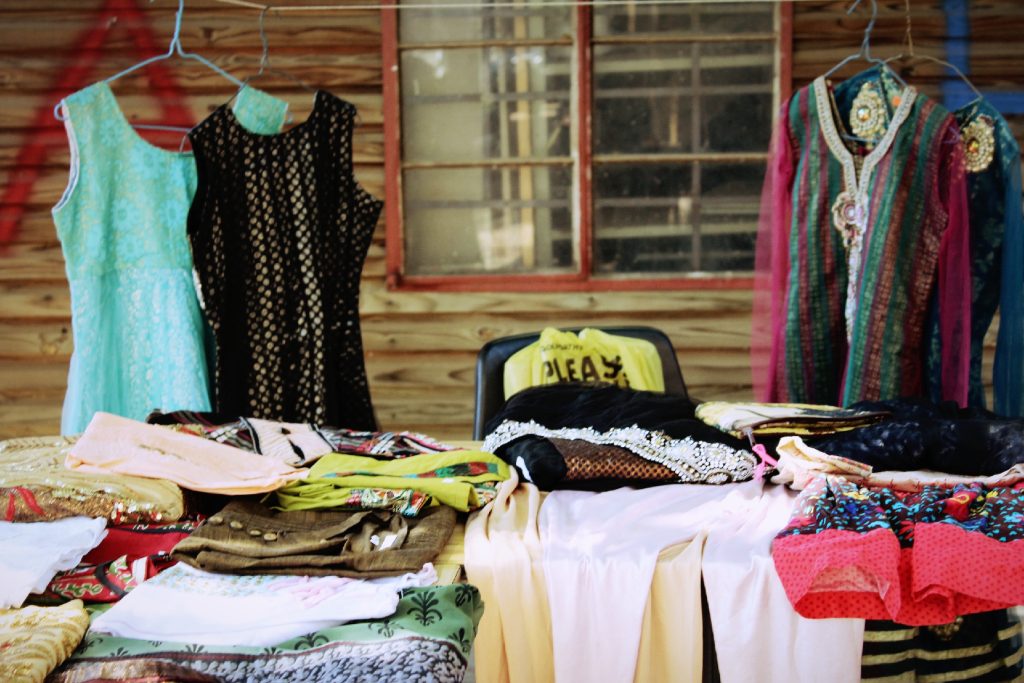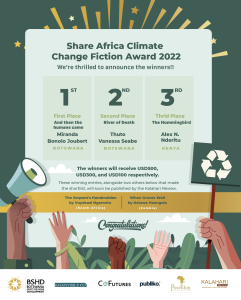Nairobi, 14 March 2019 – The UN Alliance for Sustainable Fashion launched launched on Thursday at the UN Environment Assembly has decried the damage caused by fast fashion.
To this end the Alliance now seeks to halt the environmentally and socially destructive practices of fashion, consequently harnessing the industry as a driver that will improve the world’s ecosystems.
The fashion industry is the second biggest consumer of water, generating around 20 percent of the world’s wastewater and releasing half a million tons of synthetic microfibers into the ocean annually. This rise is due to the fact that an average consumer buys 60 percent more pieces of clothing than 15 years ago, and each item is only kept for half as long.
The Alliance is improving collaboration among UN agencies by analyzing their efforts in making fashion sustainable, identifying solutions and gaps in their actions, and presenting these findings to governments to trigger policy.
Its launch event is hosted a series of pop-up fashion installations with guest appearances from UN Goodwill Ambassadors, such as Indonesian-Australian supermodel Nadya Hutagalung and Chinese popstar Karry Wang.
“Many people succumb to buying seasonal trends that then get thrown away within a couple of months, and it’s just not sustainable,” says Nadya Hutagalung, a household name across Asia. “At the launch of the UN Sustainable Fashion Alliance we get to see people developing new fibers that are sustainable, have low water impact and low impact on the environment where they’re produced.”
The event also hosted a series of ‘instastories’ from 10-20 key players in sustainability, each explaining their vision for the future of environmentally-friendly fashion. Interactive presentations are being given by clothing experts wearing the best sustainable designs and materials.
The Alliance utilizes the convening power of the UN to bring key fashion players to the table. For instance, the Alliance is helping the Ethical Fashion Initiative – a partnership launched by the UN and World Trade Organization – to hold annual high-level Forums that engage Hugo Boss, Gap, H&M and other major fashion companies.
The UN Alliance for Sustainable Fashion creates a common platform and dialogue for a host of UN agencies that are working to make fashion sustainable: The Food and Agricultural Organization is promoting Blue Fashion, which uses sustainable marine materials and protects arable land; the International Trade Centre has set-up the Ethical Fashion Initiative to spotlight artisans from the developing world; and UN Environment is pushing governments to foster sustainable manufacturing practices.
The implications of sustainable fashion are not confined to the environment, but also social impacts. Greening the value-chain creates new jobs and opportunities for rural workers, especially smallholder farmers or those working in forestry.
“In the face of growing environmental threats, there is an urgent need to radically change our consumption and production systems. In this regard, a more sustainable fashion industry has a critical role to play,” said Naoko Ishii, CEO and Chairperson of the Global Environment Facility.
The fashion industry is valued at around $2.4 trillion and employs over 75 million people worldwide. It loses about $500 billion of value every year due to the lack of recycling and clothes that are thrown into landfill before ever being sold.
The industry accounts for a staggering 8-10 per cent of global carbon emissions – more than all international flights and maritime shipping combined. Part of these emissions come from pumping water to irrigate crops like cotton, oil-based pesticides, machinery for harvesting, and emissions from transport. The industry is responsible for 24 percent of insecticides and 11 percent of pesticides.
“By using fashion as a form of activism and empowerment, establishing innovative policies and sustainable businesses, the UN Alliance for Sustainable Fashion doesn’t perceive sustainability as a limitation to fashion, but rather a trigger for bringing real creativity and passion into the industry,” said H.E. Siim Kiisler, President of the UN Environment Assembly.
“Research shows that fashion presents many opportunities for reducing waste and improving the environment. But the fashion industry cuts across many sectors, and so to capture the full opportunity, the UN and its partners need an integrated approach that goes beyond individual Sustainable Development Goals.”





